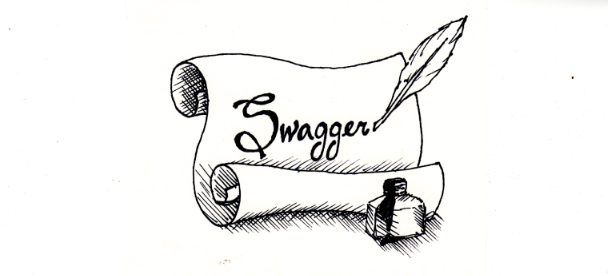My holiday present to you!
BEFORE YOU BEGIN
1. What does your character want?
2. What are the obstacles that will prevent your character from easily getting what they want? (Make a list of possibles)
3. Can those obstacles be foreshadowed early in the story?
4. ABACBC – imagine three rainbow-like arcs that all intersect. Storyline A will resolve itself after storyline B has been introduced but the reader will be hooked into B now so they won't want to put the book down. Then, introduce storyline C before resolving storyline B. These are the smaller storylines that intersect and keep the reader hooked.
5. Set up expectations and then surprise your reader by NOT doing what they expect the MC will do.
THE SLOW REVEAL
1. Begin the story with a character experiencing the after-effects of something, but slowly reveal what that incident was.
2. When nearing the climax, give the reader a sense of speed by using more dialogue, shorter paragraphs and sentences.
ALONG THE WAY
1. Keep your audience guessing – provide little mysteries along the way to keep the reader hooked.
2. “Kill Your Darlings” Put your characters in sticky situations. Then, throw rocks, sticks and firebombs at them to force them towards an epiphany.
3. Help them find a way down from the tree and make sure the set-up for the rescue – or conclusion, has been hinted at earlier in the book so that the reader recognizes it when it happens. A great example of this is the Newberry winning book “When You Reach Me.” The fabulous ending is embedded so perfectly early in the plot that you feel excited and satisfied when it’s revealed.
4. Eventually, or even a couple of times through – teach your character a lesson.
5. The reader has to feel like they ARE the main character. Chase them into the story and fill them with anticipation. Think roller coaster ride.
6. Sometimes, you want your reader to anticipate something bad is going to happen.
SUSPENSE THROUGH CHAPTER ENDINGS
1. A well-used technique is to introduce action at the end of one chapter that resolves itself in another.
2. Cutting the action early may also engender suspense and cause anxiety in the reader. A good example is My Teacher is an Alien by Bruce Coville, when a mean teacher finds an incriminating note. Before he opens it, the chapter ends and the reader has to hang in there for two more chapters before finding out what the teacher’s reaction is. In the meantime, another storyline/challenge is set up.
3. Hint at stories to come – for example, in “Charlie and the Chocolate Factory,” grandpa starts an intriguing story about a creepy chocolate factory, but it’s bedtime and they are interrupted – can’t finish it until later.
4. Vary the kind of cliffhanger at the ends of your chapters so the reader doesn’t expect the technique or become bored by it (or aware of it.)
SUSPENSE KILLERS
1. Bad dialogue
2. Unnecessary description
3. Forced motivation (Make sure the set up is there and that it’s natural.)
4. Vague action
SUSPENSE CREATORS
1. Creativity and variation
2. Confidence
Last of all, if you are feeling a pull throughout your writing, one that brings you back to your own story with enthusiasm, you know you are on the right track!
Happy Holidays, everyone!
Juliet Bond



Great tips, Juliet. Thanks.
ReplyDeleteThanks, Juliet!
ReplyDelete